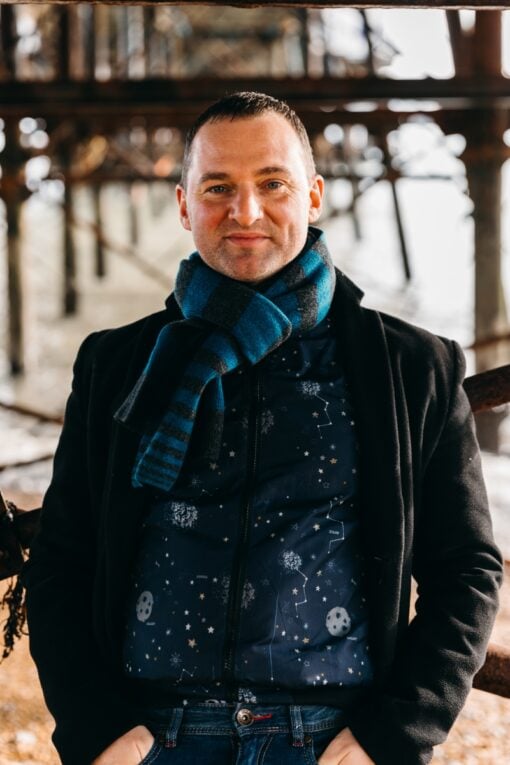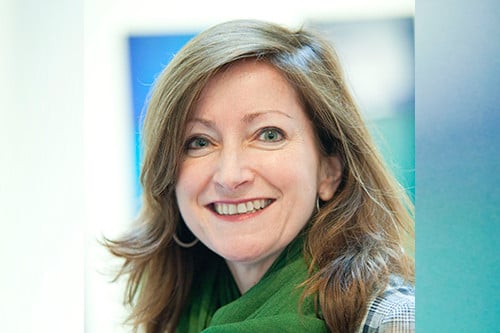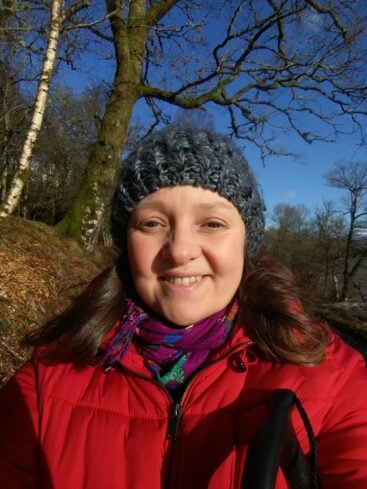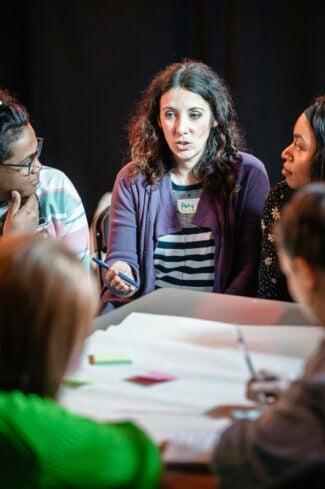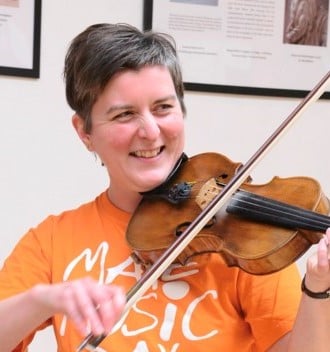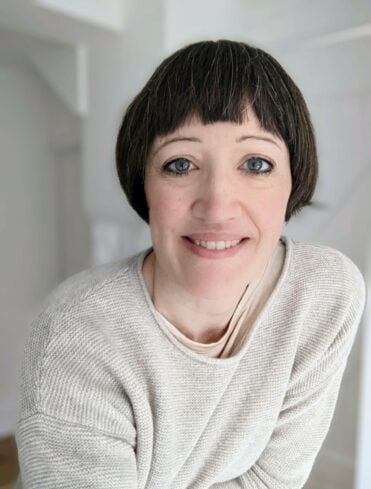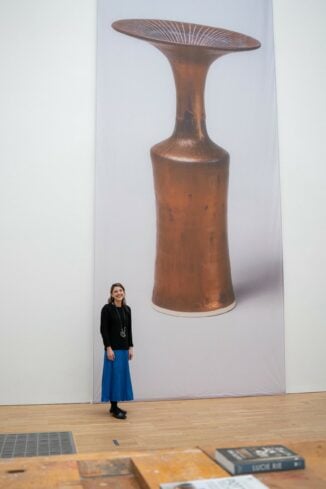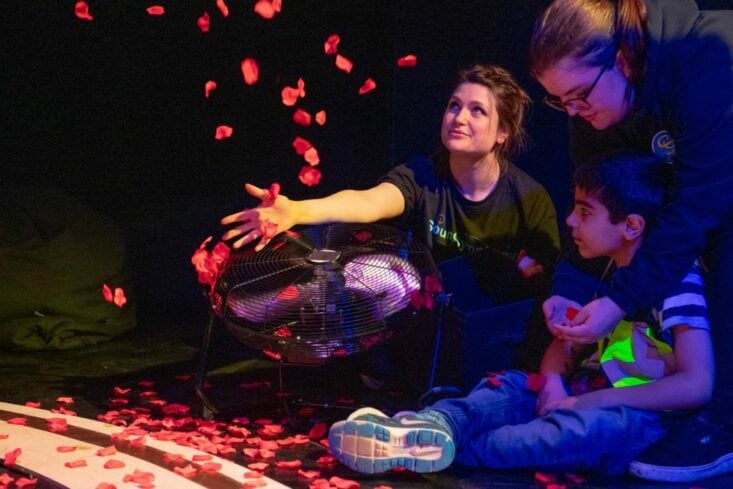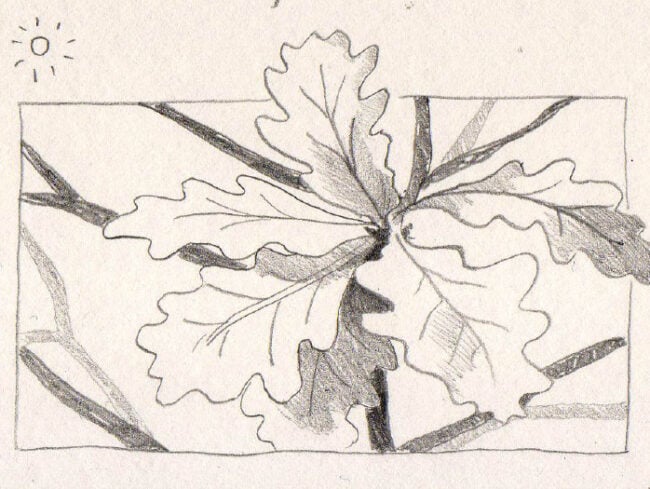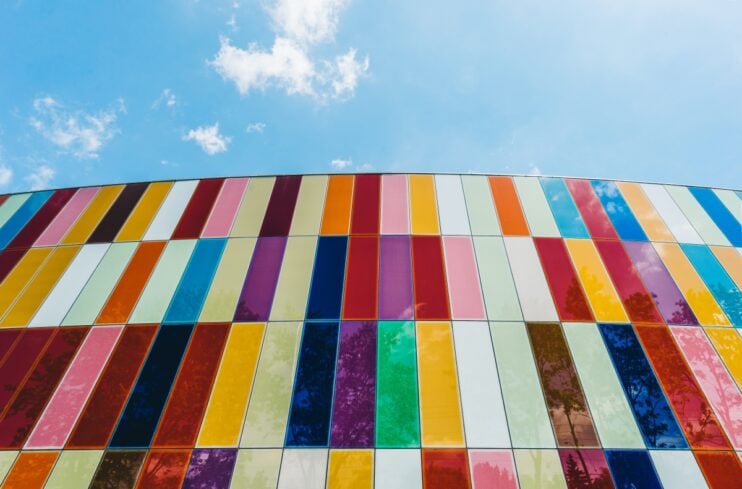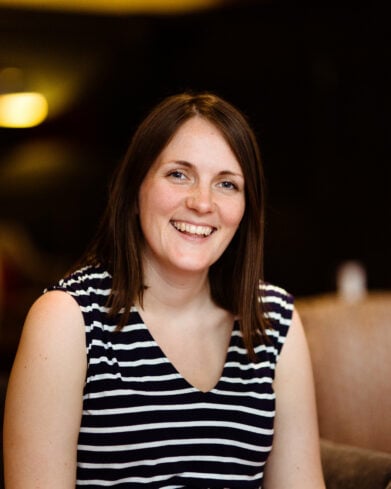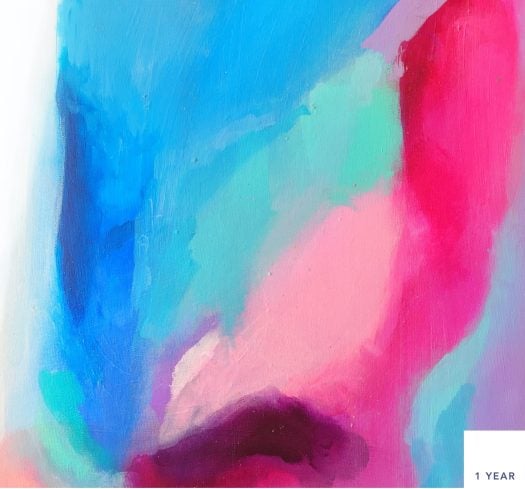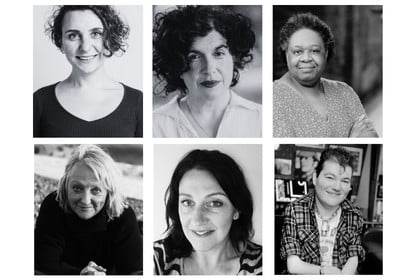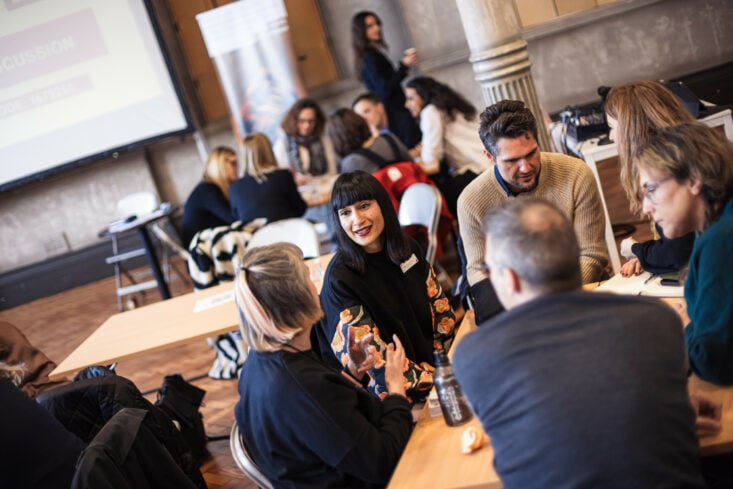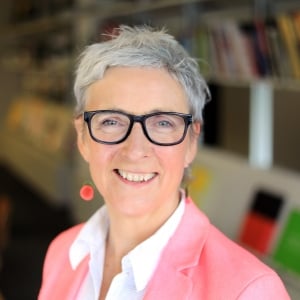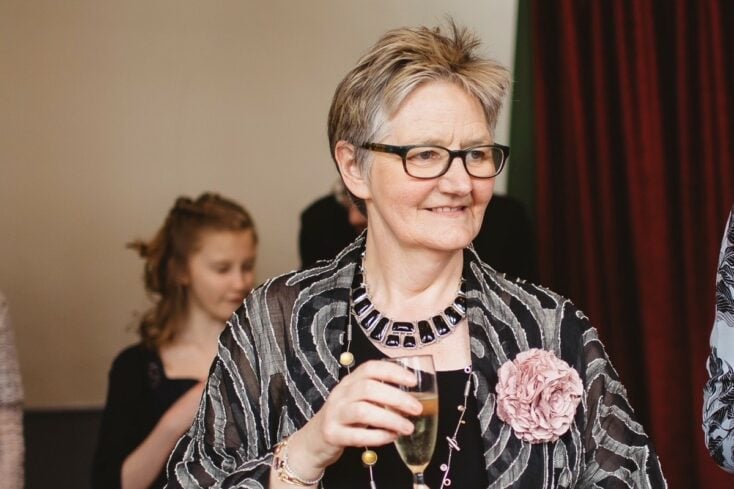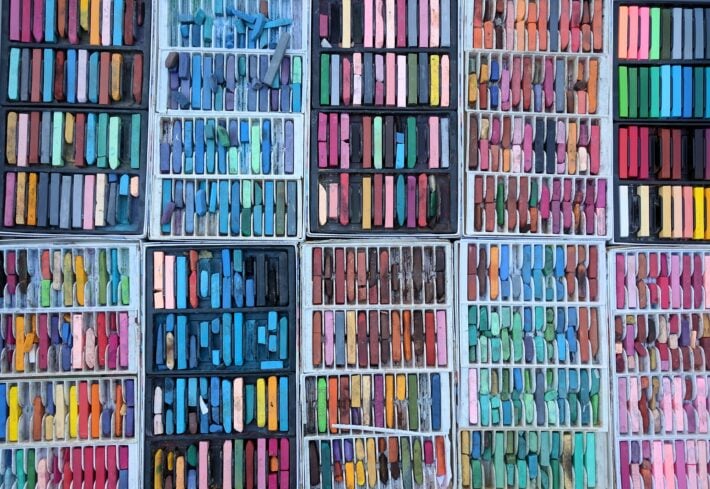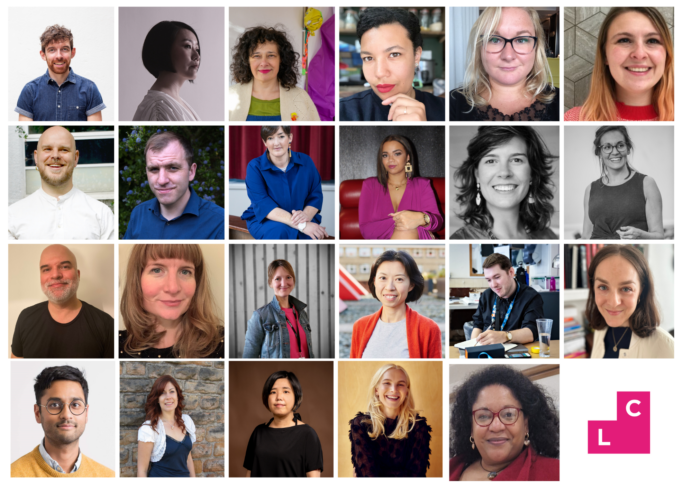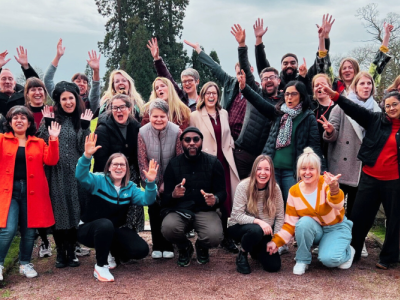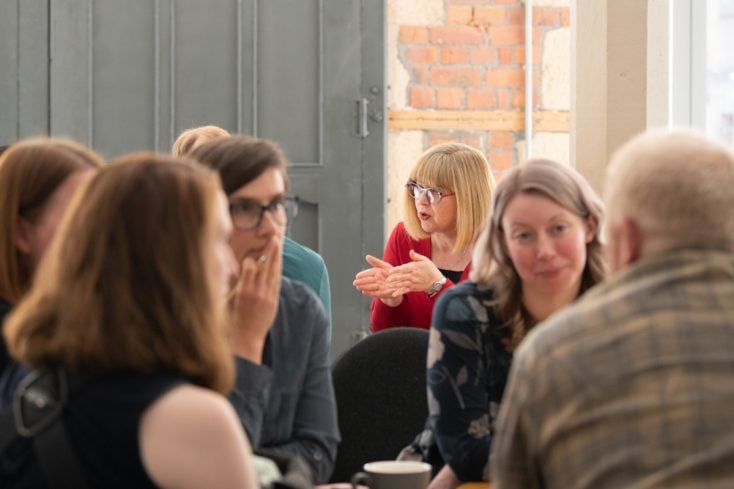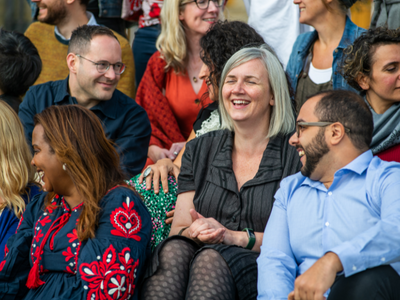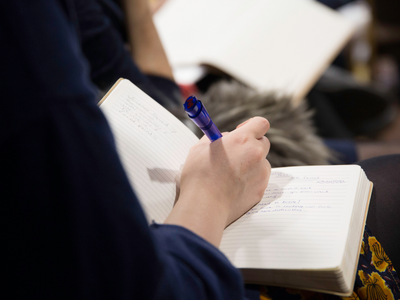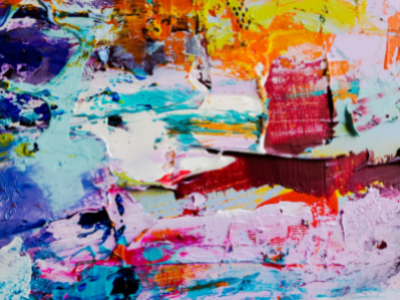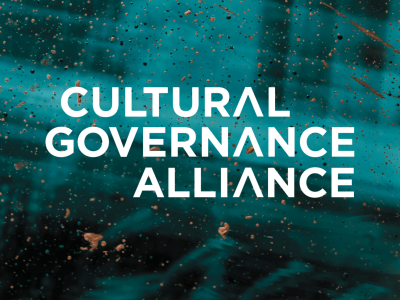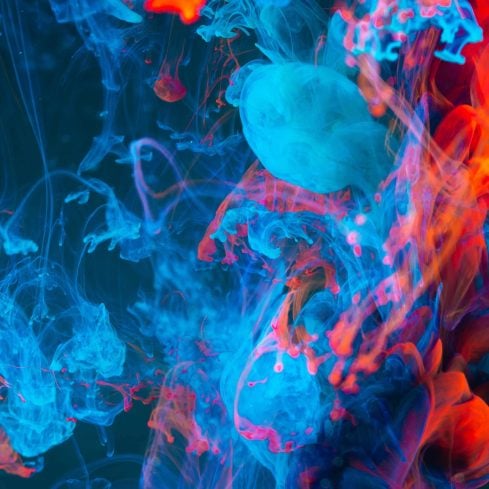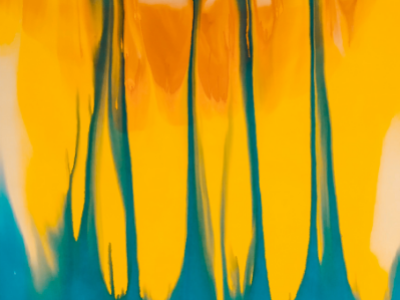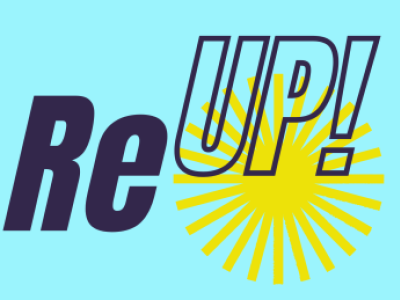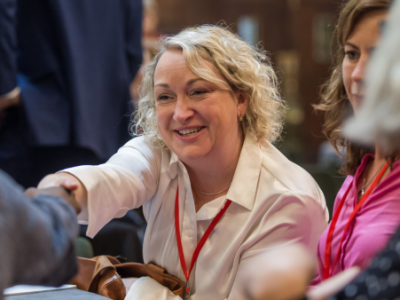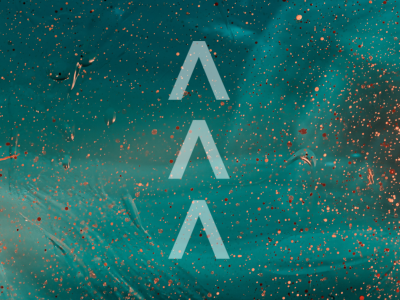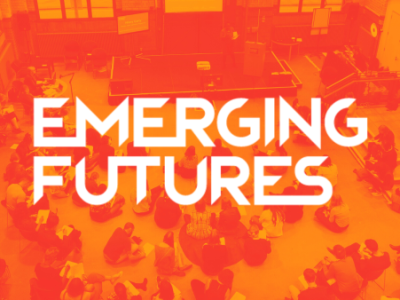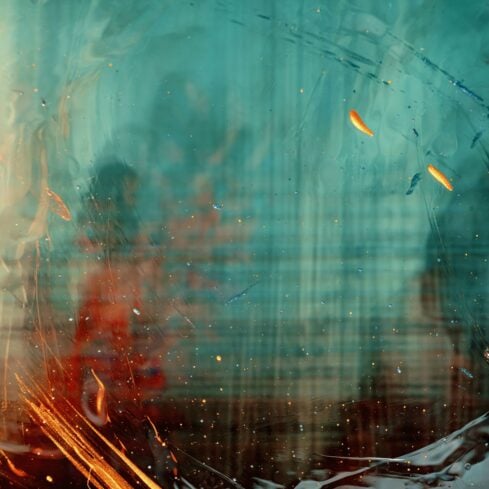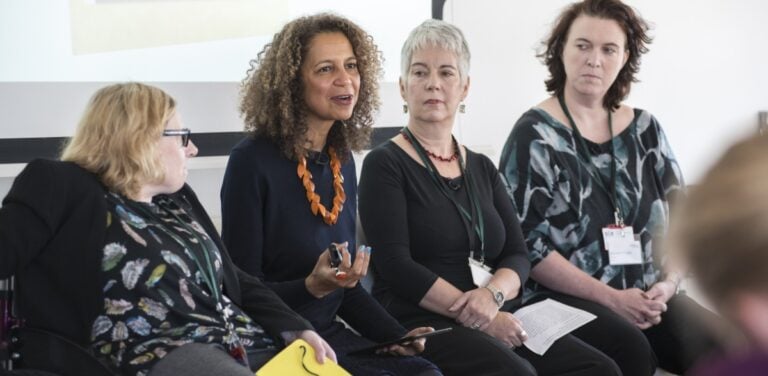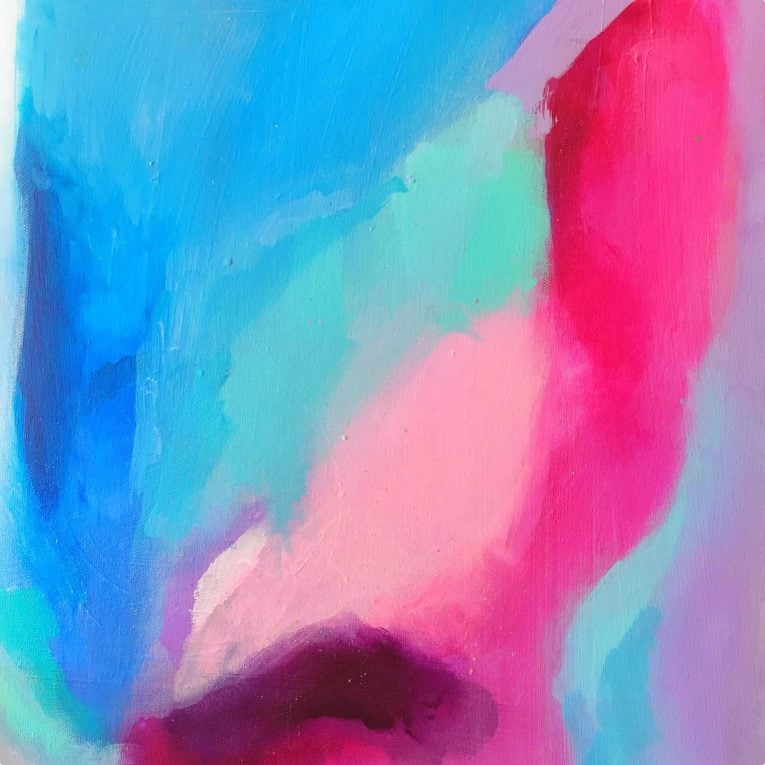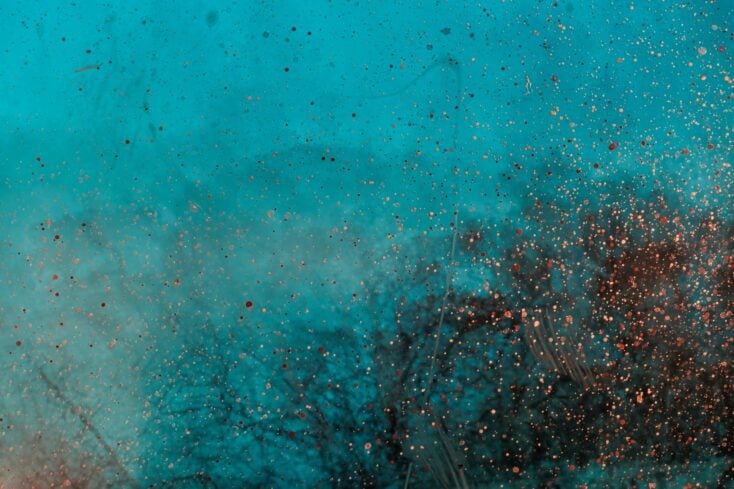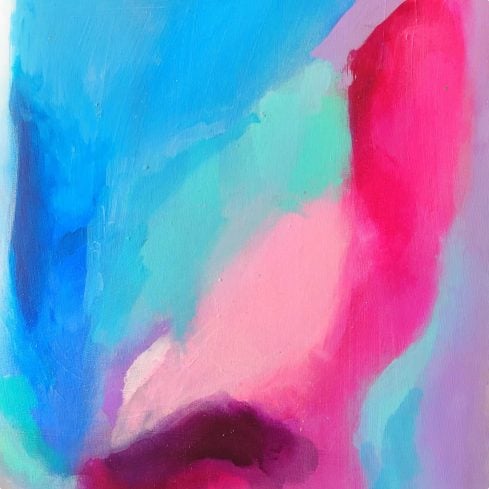Re-considering the costs to individual artists – a personal provocation
Dance Artist and Activist, Stuart Waters explores the power dynamics between individuals and organisations and his thoughts on Diversity and Inclusion within his sector.
Listen to this blog post in audio form
My name is Stuart Waters, and I’m a dance artist. But more recently, I have noticed that I have started to say that I’m an artist that comes from a strong dance background that now focuses on live performance, performance activism and how is that woven into my practice in terms of community engagement, educational settings and public speaking. Some days it feels very much like a battle, and then I feel like me and my team that I work with are warriors, and I notice that I call them warriors.
However, when I really start to unpack that and think about that, what I really notice is that I’m concerned with kindness, humanistic approaches and care as a form of activism. So you might call that quiet. You might call that quite loud. But yeah, if that’s activism, then that’s what I’m doing. Something that I would like to bring as a provocation today is really about the power dynamics and that exist between individuals, soletrading artists and organisations, the dialogue with that and what the cost of that, currently for independent artists is.
Of course, my perspective is as an individual artist on the outside of organizations looking in and wondering about the word territory and whose terms these things are on in these conversations and the dialogue that happens between people inside organisations, the changes that they’re making and the changes that are happening on the outside for independent artists.
I understand that we’re all doing our best at accelerated paces to think more deeply and broadly about diversity, inclusion, intersectionality, and how that exists in all of our working spaces. But I feel that this has accelerated so much that perhaps we could do more about weaving the two worlds between artists and organizations. I guess a concern that I have as an independent artist that is that all of this change that we are all fighting for and battling for every day is happening in a compartmentalized way rather than a beautifully dancing, woven, coordinated way as a really deep rooted and step change.
So as an artist that in my private life and in my working environments think continually about risk and safety. I am constantly bringing my intersectionality into studios, into spaces, into conversations, into workshops, into commission applications, and into arts council applications. So what is the cost of me using my lived experience as a currency to continue working, and what impact does that have on individuals and the sector?
So when I’m bringing my neurodiversity, my ADHD, my dyslexia, my bullying lived experiences as a queer, white, cis man, how do I bring my experiences of HIV, addiction, chem sex? How do I bring my experiences of all of those things and disability, anxiety, depression? How do I bring all of those things in a way that is comfortable, in a way that is right and in a way that is respected?
Of course I want more dialogue with organisations and that’s something that I would like. I would like more dialogue in a two way, more equal power balance where I don’t feel like I am using my lived experiences (that are essentially traumas) as a currency for money or opportunities, as a way to survive, and the irony in the fact that I am using my trauma as a way to survive as a sole trader. I do feel like dialogue is beginning.
So I’m not saying that that isn’t happening, but is the dialogue between individual and organisations through commissions and call outs necessarily the most authentic and deep rooted way for the step change that we’re all after? What else can we do?
Perhaps it’s about shape shifting and radically changing what board meetings look like and decision making meetings where artists are brought into those spaces to share their stories, to shake up existing diverse boards and see how more radically we can change what we are doing. And weaving that pathway between the outside and the inside more cohesively, more beautifully in a more active listening way.
So to close, a strange place to be is that organisations need artists, intersectionality, vulnerabilities, diversity. And the cost of that for me is quite high.
The power dynamic just feeds into my mental health access needs and potentially takes me into a place of unsafety. If I don’t have the right needs around me. And luckily I have a team but lots of independent artists don’t have that support to keep them safe. The repetition of this breaks my joy of being an artist, exhausts my energetic capacity, the energy of my team, exhausts my access needs to respond to continual applications, call outs and commissions.
Why should I endlessly spend my money on getting the support that I need to respond to the call outs of organisations? You know, why are we actually doing this? Why are we actually all really, really thinking about diversity and inclusion? I know we all know why, but sometimes it’s really good to stop and just think, why are we actually doing this?
I want a kinder cultural sector and a kinder world. And sometimes I wonder whether the processes that we still have, even though we are trying to respond to an ever changing landscape, I wonder if they’re kind enough. We’re in danger of encouraging unsafe practices with the expectation to bring your diversity, traumas and vulnerabilities that call out processes promotes. It promotes perfectionism and competitivitism. Call outs promote perfectionism and competitive ism, which is a strange irony to be placed in as an artist with mental health access needs, neurodiversity and queer related trauma.
Stuart Waters was a short course participant.
